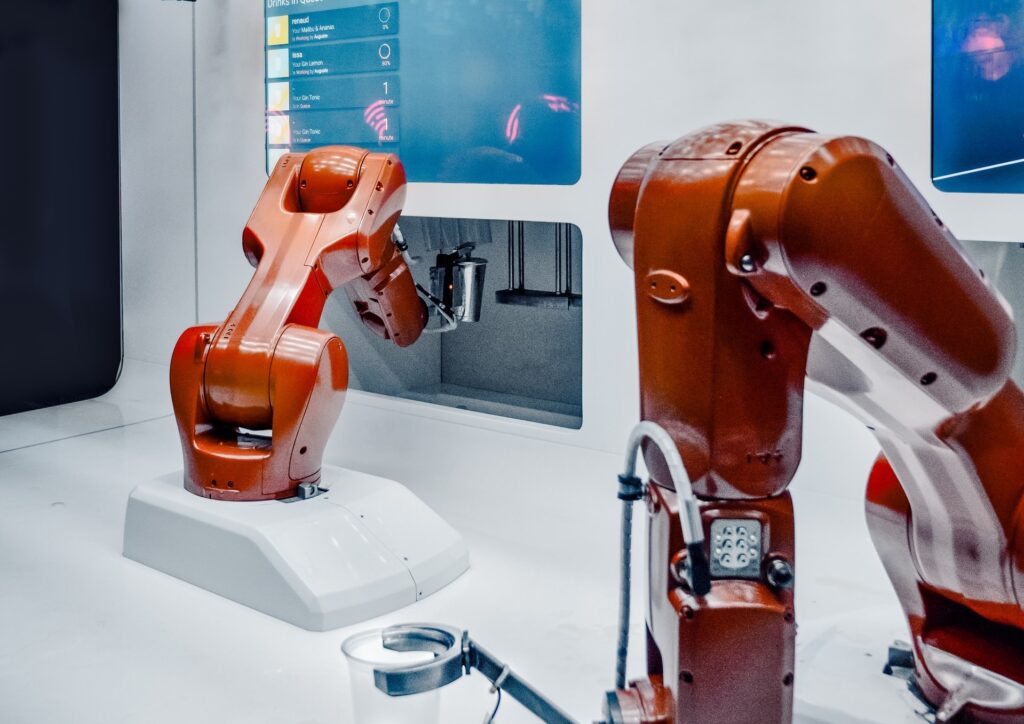Can Automation Ever Work?

By Richard Parkin
Automation – critical technical upgrade or an overhyped way to miss out on sales? It’s one of the single biggest debates in the modern digital marketing world, and it’s visible in practically every part of the industry.
In perhaps the most obvious example, PPC automation is now the standard Google-recommended approach. The use of automatic chatbots was expected to increase by over 100% between 2019 and 2020, and practically all social media sites are becoming more and more algorithm-based.
While automation advocates point towards the fact that automatic approaches can work on a scale and speed unreachable by even the most dedicated team of professionals, there’s certainly no end of issues for skeptics to point out.
Take the 2010 Flash Crash as an example – it’s the single biggest example of trading algorithms going wrong. Across a 36-minute period, automatic stock market bidding wiped 1 Trillion dollars off the stock market, with algorithmic trading engines instantly reacting to bad data, vastly dropping values across most major exchanges.
While marketing automation is inherently smaller-scale than Wall Street trading, the risks (and rewards) are just as important to consider.

What Does Marketing Automation Mean?
Firstly, it’s essential to define our terms. There’s not necessarily a single line differentiating automation from manual work, particularly when it comes to digital marketing. Even if you’re heavily automating, there’s always going to be some manual aspect to your campaigns – the copy you write, the images you design, and the like.
Similarly, virtually all digital marketing campaigns involve some automated processes: automatic auctions for PPC, algorithms deciding whether a particular user sees your website when searching, even the inbox tab your emails arrive in.
Automatic functions are practically built into digital marketing. When we discuss marketing automation, we’re talking about taking advantage of more automation opportunities rather than introducing something entirely new.
The main questions to ask are reasonably simple – how far are we willing to take automation, and what potential issues does increasing automation raise?

The Problems with Marketing Automation
Customer frustration is by far the most externally obvious issue caused by marketing automation. While chatbots may be able to help with simple customer requests, they’re rarely ever able to help with more complicated tickets. If your customers aren’t able to get past your chatbots and get adequate support, they’ll become frustrated at dealing with automated responses.
The issue doesn’t end with customer-facing automation. There’s a longstanding phrase in computer science: ‘garbage in, garbage out.’ No matter how effective automation becomes, if the data fed into the process is incorrect in some way, you’re going to see bad results.
As an example, consider PPC conversion optimization. If your conversion tracking is misfiring, reporting false conversions, your account will aim to reproduce those false conversions. This issue can potentially damage your account, unnecessarily increasing bids and prioritizing incorrect keywords.
Because of how opaque most marketing automation is, it’s often difficult to spot any issues caused by automation, let alone to understand what caused them.

How Marketing Automation Can Help You
It’s not all negative. Automating certain aspects of your marketing is an unbelievably effective way to drive up your profitability, experiment with new options, and build foundations for future development.
The secret is to always know what’s happening as you introduce automation. In other words, you need to understand exactly what’s being controlled by the automation options you’re using, while paying attention to any new issues they’re causing.
If you’re using chatbots, run some test tickets – see how your system handles real-world examples. If you run into any awkward issues, figure out what’s causing the problem and what you can do to prevent it from affecting your users.
With platforms like Google Ads now recommending automated, target-based bidding as a standard, it’s tempting to think that PPC automation is a must. While it’s certainly useful for some, it’s not always the ideal approach.
Setting a campaign goal in your account often leads to the system exclusively prioritizing that goal above everything else. If you’re aiming for a specific Target CPC, you may be missing out on additional conversions, while Maximizing Conversions may increase your spending to a dangerous level.
Again, the important thing is to be aware of how automation affects your account, establishing whether there’s any room for improvement – or anything going wrong.
Are you using retargeting to reach previously interested users? If you’re not reviewing your setup, this automated process may be underperforming – here’s our guide to improving your retargeting results.

